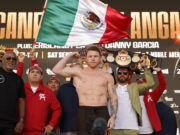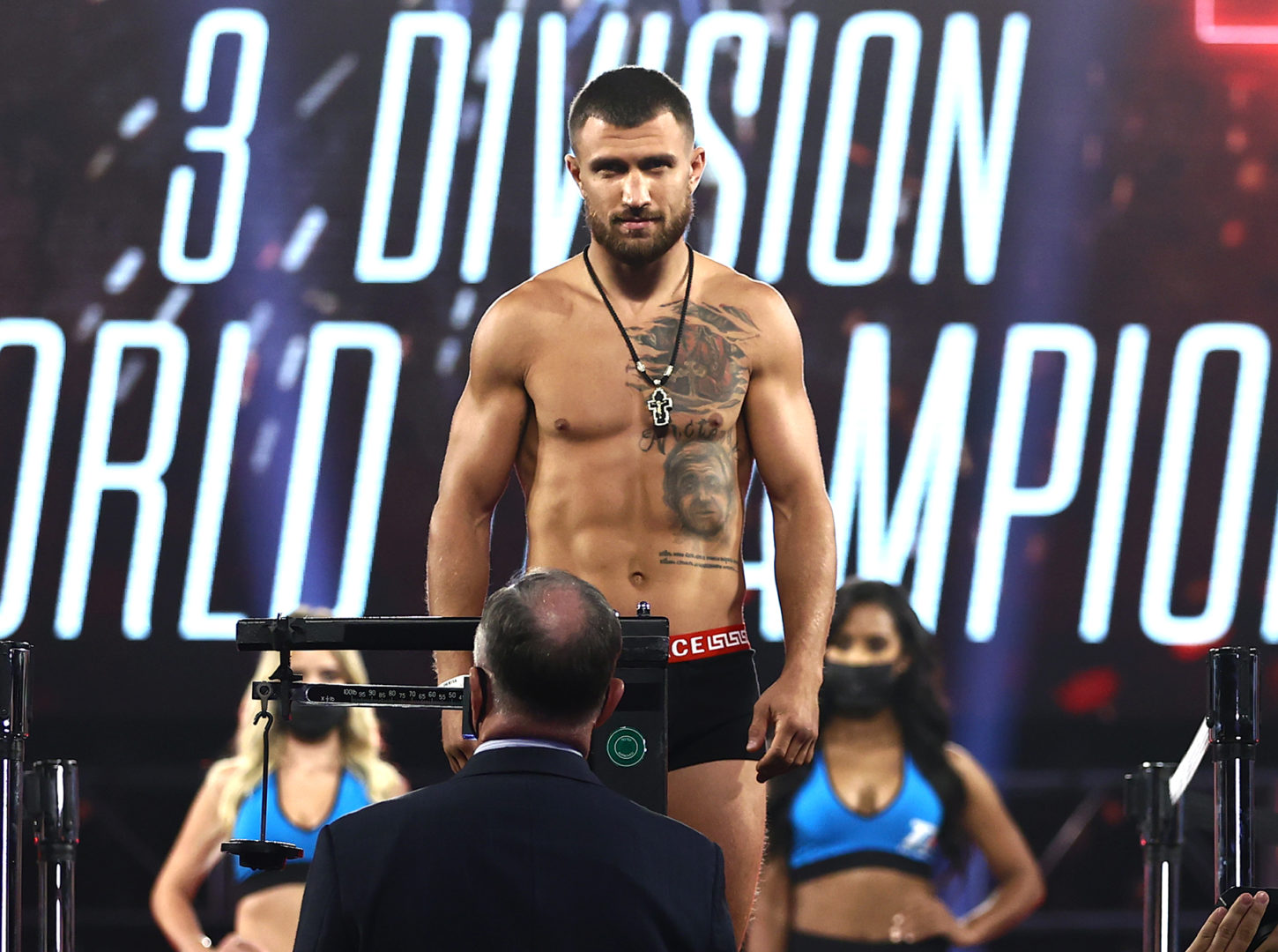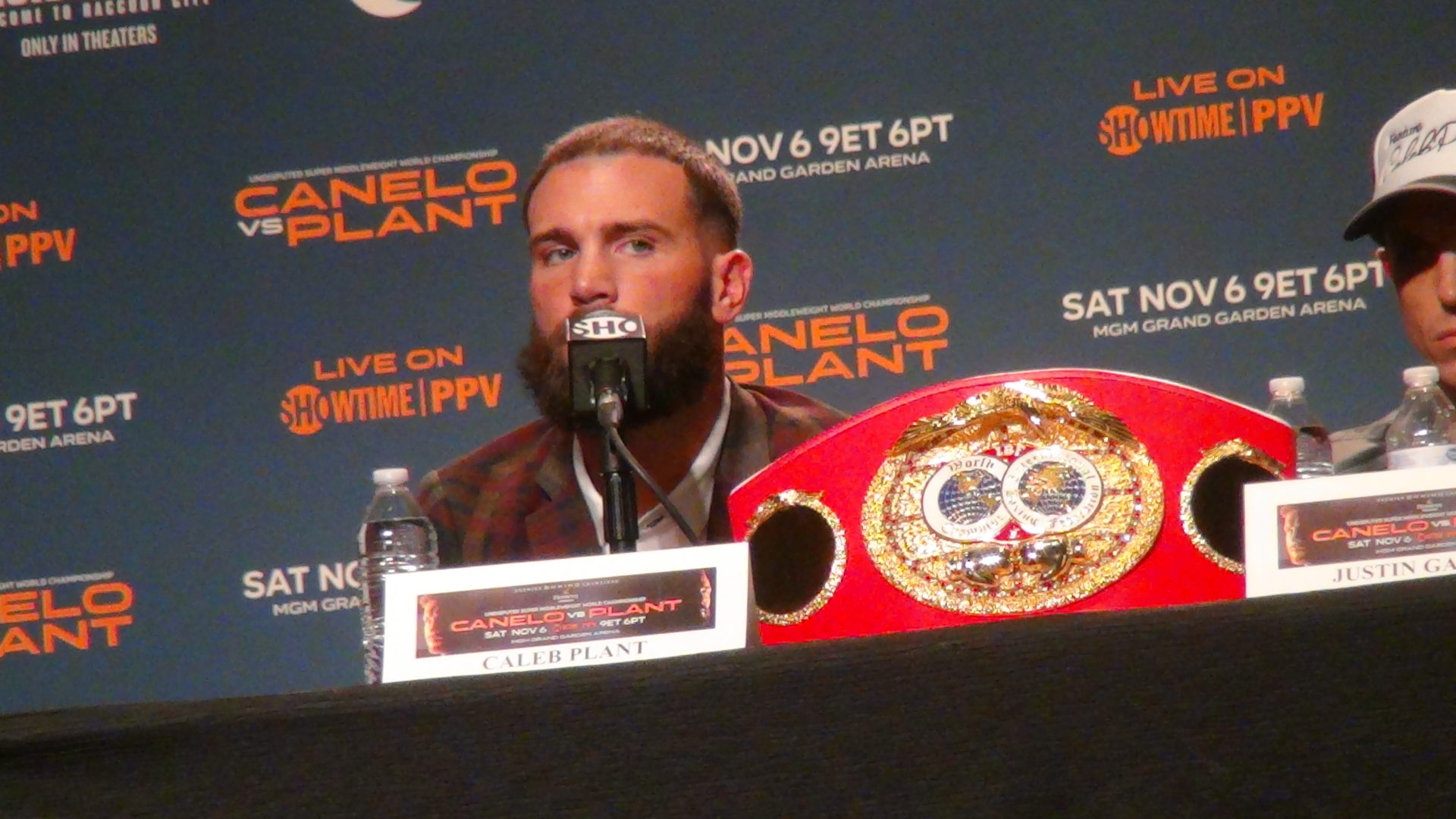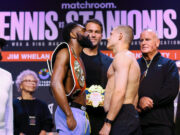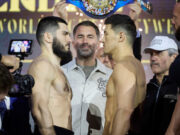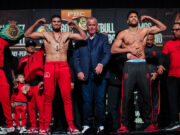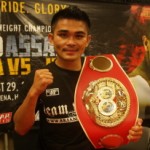
Relief might be best thing about the apparent end Wednesday of the Manny Pacquiao-Floyd Mayweather negotiations. Maybe, we won’t have to hear about them, any of them, for at least a while.
If interest is measured by hits that rank daily stories on internet sites, readership of blow-by-blow accounts of the talks was crashing faster than Arizona real estate anyway. It looked as if a potential pay-per-view audience or two full of casual fans got sick of the dizzy on-again, off-again silliness and had moved on sometime before the legal suits and mediators arrived like ambulances too late to an accident. No telling when those fans will be back, if ever.
Meanwhile, the battered game also has to move on and sustain itself until another opportunity can be squandered. Despite the doom-and-gloom, it can. It always has. Resiliency was really the story of 2009. Alexis Arguello, Vernon Forrest and Arturo Gatti died. Oscar De La Hoya retired amid predictions that the business was finally finished. Still, there was a resurrection in November with talk of the good old days before and after Pacquiao’s victory over Miguel Cotto
Now, that boxing begins a New Year in the same old place – which is to say nowhere at all, it is also back with a chance to do what it always does. It survives. That well-practiced habit could resume with anyone. From here to Kelly Pavlik, Brian Viloria looks as if he is a good beginning. Viloria (26-2, 15 KOs) is in the right place, right time, against Colombian Carlos Tamara (20-4, 14 KOs) in Manila Saturday (January 23rd), Friday (January 22nd) in the United States. He also has been on a path that personifies the dependable resiliency in a craft so fragile, yet so durable.
Not so long ago, Viloria also thought he was done.
“It took a lot of soul-searching,’’ said Viloria, who will defend the International Boxing Federation’s junior-flyweight title on Solar Entertainment, a Filipino-based company, in a pay-per-view card scheduled to begin at 7 p.m. Friday in Los Angeles (10 p.m. in New York).
Viloria’s soul began to become conflicted after he put Ruben Contreras in critical condition with a head injury in 2005 at Los Angeles’ Staples Center.
“I don’t want to say that it was just one event,’’ said Viloria, who visited Contreras at the hospital and saw him later at ringside for one of his subsequent bouts. “There were a lot of things happening within my life.’’
So many that Viloria didn’t recognize himself, or at least the fighter who seemed to be on the express elevator to ring riches and renown not long after the 2000 Games in Sydney. But boxing isn’t supposed to be easy. Real conflict, in a ring and within the soul, never is. Know that, and you’ll understand that unbeaten might be just another way of saying untested. Viloria is neither. He has been beaten, first by Omar Romero in 2006 and then by Edgar Sosa in 2007, and then tested by his own doubts.
“To be great, I think you just have to battle with yourself a lot more,’’ said Viloria, a Filipino-American who grew up near Pearl Harbor on the Hawaiian island of Oahu. “I think it is more of an issue with yourself than it is an opponent. With those fights, I found myself as more of an enemy, an obstacle to conquer, than my opponent.
“I know my talents, my abilities. It was me, battling me.’’
It is battle that never quite ends. But Viloria understands it now more than ever, first because of some long talks with friends and family in Hawaii and in Los Angeles with manager Gary Gittelsohn.
“To be frank, I was pushing him to make a decision to go in a different direction,’’ said Gittelsohn, who calls Viloria “a Renaissance Man,’’ for his many interests, which includes everything from broadcasting to music. “I knew he had God-given skills as a fighter. But we know this business and we know that economic opportunities for a 108-pound fighter, even a world champ, are limited. So, if you don’t bank it early and fast and efficiently, I didn’t want this kid just knocking around. There are too many of those stories in this sport.’’
The heart-to-heart, Gittelsohn said, came at a time when Viloria had been dismissed, “written off..” During a nine-month hiatus after the Sosa loss, however, Viloria said he just felt incomplete.
“I felt like I needed some closure, some things that I still had to do as a fighter,’’ he said.
But that meant a tough price. Gittelsohn told Viloria that he had to start over. In January of 2008, he did in a scheduled eight-rounder in an outdoor ring on grounds in Alameda, Calif., that usually were occupied by shoppers at a swap meet. The booths were closed. Had they been open, Viloria could have bought an umbrella, if not a boat. He could have used one, maybe both. It rained enough to fill a spit bucket.
“He had to be carried to the ring so he wouldn’t get his shoes soaked,’’ Gittelsohn said. “It was surreal.’’
By then, however, Viloria was ready for any kind of storm.
“Gary warned me that I had to take a step back, that it wasn’t going to be easy,’’ said Viloria, who won a decision over Jose Garcia Bernal. “He told me I had to get out of the comfort zone. Sure enough, I walked out into the pouring rain. It was 45, 50 degrees in January. But I just said: ‘OK, if this is what I have to do. I’ll do it.’
“I just threw all of my accomplishments and ego out of the window and went back to Square One.’’
The rain fell like a baptism, washing away the doubts and leaving only the commitment that Viloria always knew was there. Since then, he has won seven straight fights, including perhaps his finest victory, a knockout of Ulises Solis. The 11th-round stoppage last April resurrected the possibility that maybe Viloria could be the next Michael Carbajal, the former junior-flyweight champion from Phoenix and a Hall of Famer who is the biggest American name in the history of boxing’s little guys.
“Carbajal is the first big name in my weight class,’’ said Viloria, who worked as a ringside analyst for Solar during Pacquiao’s victory over Cotto. “When I think of Michael, I think of really big shoes to fill.’’
Carbajal emerged because he had rival, a business partner, in Chiquita Gonzalez. Gonzalez, a popular junior-flyweight from Mexico City fighter, won two narrow decisions in rematches of a trilogy that started in 1993 with a dramatic knockout delivered by Carbajal, who was the first in the lightest weight classes to collect a $1 million purse.
Viloria still has to win in Manila next weekend. If he does, Gittelsohn foresees a similar rivalry with Puerto Rican Ivan Calderon. There already were preliminary discussions last June after Calderon suffered a cut in head butt that led to a draw with Rodel Mayol on the undercard of Cotto’s victory over Joshua Clottey in New York.
With damage left in the wake of the failed Pacquiao-Mayweather negotiations, the Carbajal parallel is intriguing on another level. Carbajal has often been called a pioneer, because he created opportunities for fighters in forgotten weight classes. More significant, he awakened promoters to an untapped market. Carbajal’s emergence, unlikely as it was timely, coincided with ex-heavyweight champ Mike Tyson’s 3-year prison sentence on a 1992 rape conviction.
Boxing then, like now, was reeling. But it survived and eventually recreated itself with fans and fighters once ignored. That story is more than just familiar. It might be repeating itself in Viloria’s resiliency.



